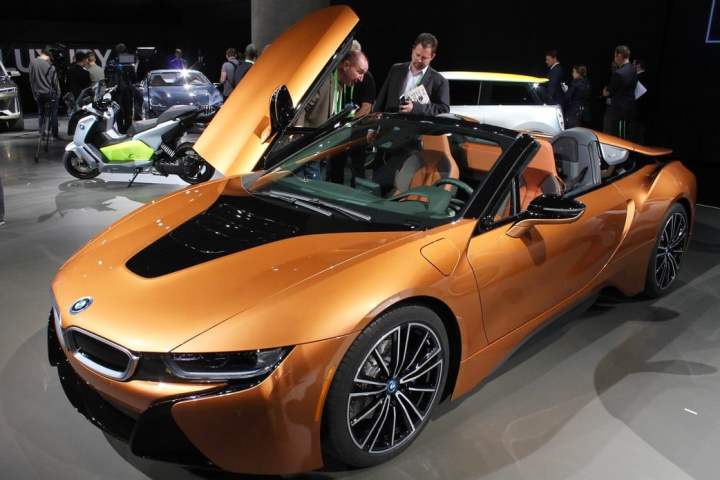
Since introducing the BMW i3 in 2013, the company’s first electrified vehicle, the company has delivered more than 200,000 EVs. By 2025, Harald Kruger, chairman of the board of management of BMW AG, noted in a statement, the carmaker hopes to offer 25 electrified models to customers.
“We deliver on our promises,” said Kruger. “Selling 100,000 electrified cars in one year is an important milestone, but this is just the beginning for us.” He continued, “Our early focus on electro-mobility has made this success possible – and electro-mobility will continue to be my measure for our future success.”
BMW is looking forward to what it calls the fifth generation of electric drive train and battery technology, which is slated to be made available beginning in 2021. This new technology will leverage scalable, modular electrification kits — these kits, BMW notes, ought to allow for all car models to be compatible with all types of drive trains. In the next few years, we can look forward to the launch of a number of EVs, like the i8 Roadster in 2018, the fully electric MINI in 2019, the electric BMW X3 in 2020, and finally, the BMW iNext in 2021, which is said to “combine electro-mobility with autonomous driving and new interior connectivity options for the first time in a series-production model.”
Driven by its early adoption of electric technology, BMW already boasts a 10-percent share of the global EV market. Demand for these vehicles is currently particularly high in Western Europe and the U.S., where electrified vehicle sales are said to account for 7 percent of total vehicles sold. However, as China’s market for electrified vehicles grows, it stands to reason that BMW will soon have a large customer base in the Asian nation as well.


